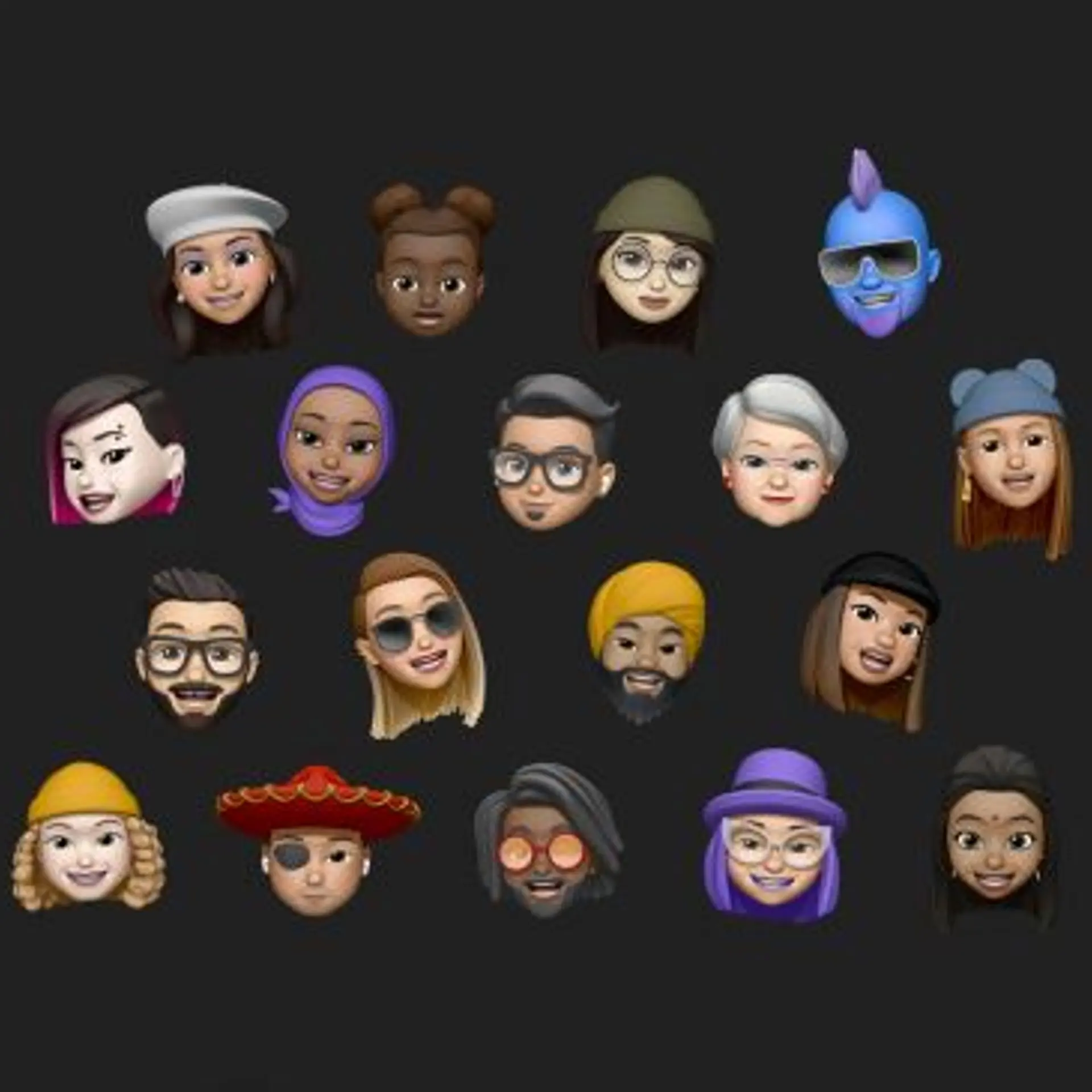

Organizational Performance-Why Human Centered Design Matters?

As human centered design is gaining popularity, this webcast will focus on why a creative approach to development, which considers people before processes in order to create value and solve the real world problems, is proving itself so attracting and successful.
Steve Jobs said, “True innovation comes from recognizing an unmet need and designing a creative way to fill it.”
Though he did not specifically refer to human centered design, but the very purpose of a human centered design itself is to create innovative products, services and solutions through inventive and collaborative practices.
Basically, the human centered design prioritizes empathy for the end-user, thus it is necessary to understand the things that drives an individual’s behavior.
The goal is no longer the usability, it is the desirability and today, technology is the enabler and design has become an engager.
A worker usually spends almost 50% of the time at work so the safety has assumed great importance. With the advent of drone technology and advanced data analytics more and more businesses are relying on aerial view to keep workers safe. With human centered integrated, you can make use of drones to eliminate and reduce the workplace hazards significantly.
How to Make a Shift to Human- Centered Design?
Here are 3 ways by which you can begin taking a human-centered design approach with your business:
· Focus on people for enhanced business success:
You cannot do business without people, can you? Remember, advanced technology doesn’t makes you truly successful; it is the people who using the technology to make a day-to-day impact.
What’s good for the people is actually good for your business, so with design thinking, first think of the people you are designing for, and then consider the business and technical aspects.
· Think from an Employee’s Point of View
The employees of the company are the prime users of the technology and the office designs you develop. If you are able to figure out people’s latent needs, you will be able to solve problems and discover the things that are yet to be covered.
You just can’t expect your employees to embrace new technology because you have told them to. To let technology solutions work for your office, you can’t solely depend on your technology; you also need ways to improve employee organizational performance, their behaviors, and also the office environment.
· Select what Program is right for you
Both the formal and informal education can help the global development professionals understand the human-centered design and have access to the tools and techniques you need to carry it out.
The terms human centered design and user-centered are often used interchangeably, even though the user centered design is for products and human-centered design is about people.
Lesser Exposure to Toxic Chemicals
Working in those areas where the risk of hazardous chemicals is very high, can be detrimental to the health of the workers. It is where drones may help! They can work in those areas where humans can’t. Drones can inspect the affected area, can gather precious data and create views that help in the more accurate spatial understanding of the site. Not just this reduces the risks to workers significantly, it also helps in getting the job done more accurately than human workers.
Management of Utilities
In energy sector linemen or power, workers are exposed to many work hazards. But with the help of the drones, most of the risks are eliminated by removing the human interaction with high-voltage power lines. For instance, the drone can be used to analyze and monitor miles of power lines to determine the clearance space between trees and transmission lines. If completed by humans it may take a lot of time, the data may not be reliable as compared to drone data.
Why Integration is the Key?
The human centered integrated consulting services can work together in order to provide benefits that come from enhancing your staff scheduling environment.
In many organizations, staffing is not considered as a strategic function, but the after-effects of a sub-optimal environment impacts almost everyone.
Where does the Human-Centered Technology come into play?
The human-centered technology focuses on the needs and capabilities of human users. The main goals of human-centered technology is to make technology more efficient safer and enjoyable for people to use.
The use of poor designed technology is not sustainable and would not be appreciated by the employees of a company. People expect much from technology and the way it can meet their needs, but while choosing technology systems you need to choose human-centered ones.
Embracing human centered integrating and consulting services means believing that all the problems, even the intractable ones like poverty and gender equality are solvable.
We must acknowledge and design against the common causes of failure, and implement the principle that truly shifts the mindset and change the behavior. Then further, we must build, test, design and experience the onset of future collaborative model as a team in order to create organizations that are stronger, output driven and efficacious, even in the face of constant change.
In The End
The drones can be used to works as the eye in the sky during calamities to save human lives. With human-centered integrated consulting services, you can too use the immense potential of drones in your industry.





